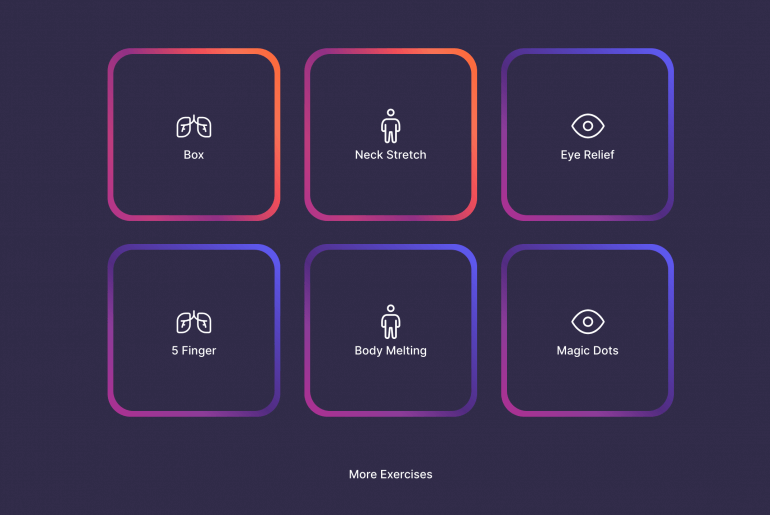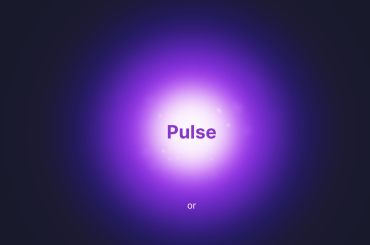Whether it be a classroom teacher shifting students from one classroom experience to the next, a school administrator facilitating a faculty meeting, or a group of students in a classroom working on a project, there are ample opportunities throughout the day in a traditional school setting where all members of a school community can benefit from improved awareness. In my role as a Director of Technology I have been able to see first hand, the impact of Engageable on varied school settings with a wide range of users. Consistently, my experience has been that using Engageable, whether in an individual, small group, or whole class setting, fundamentally shifts the tone in the room and helps participants find better engagement.
Individual School Administrator Use
My personal use case with Engageable will likely align with the day-to-day experience of school administrators. There are typically a number of both long and short term projects that I am working on, along with managing the day-to-day communications via email, chat, phone calls and even impromptu face-to-face visits to my office. While I can’t stop the influx of daily messaging, I have found that blocking off my time with the help of Engageable allows me to silence the temptation to become easily distracted by digital communications. I like to block off my time to work on various projects, typically in 30-minute increments. Prior to using Engageable, those 30-minute increments were regularly impacted by any means of outside interruption or communication. It wasn’t until I started combining my 30-minute segments with an Engageable recharge exercise, followed up by a timer, that I was able to successfully navigate a 30-minute block without distraction. I found that the box breathing exercise put me in the best state to engage with a sustained period of attention. And, being able to have confirmation via the visual timer allowed me to relax; my reflex to become instantly distracted by any incoming digital message virtually disappeared.
Small Group & Classroom Use
I was recently working with an advisory group that consisted of 10th grade students. The advisory meets weekly throughout the year for approximately 25 minutes. While we have a well-designed curriculum and activities to engage with throughout the year, the block of time falls during late morning and it can often be challenging to help the students transition from their academic day into the advisory environment. Engageable was a valuable partner to create an environment that allowed the students to shift gears from one environment to the next by engaging in a Recharge experience. What was most surprising about using Engageable to help create a smooth transition, was the level of silence that fell over the room not only during a Recharge activity, but immediately afterwards while the students were engaged in the activity for that day. It was quickly evident that Engageable as a mechanism to support class-to-class transitions is ideal and gives students the opportunity to shift their attention and become aware and present with their current classroom experience.
Meetings
Even with agendas created, department or even school-wide meetings can be a challenging environment to keep everyone present and engaged with the agenda item or topic of discussion. In my experience, meetings taking place either during the school day or immediately after don’t allow much time for educators or school leaders to transition their own thinking and shift their attention to the agenda at hand. This is an ideal time to introduce a large-group Engageable experience to not only start a meeting, but to use periodically throughout a longer form meeting as a way to break up the allotted time into smaller experiences that actually help build our sustained attention. Consider the following: an all-school faculty meeting begins with an Engageable Recharge experience that is projected for the entire group to see. Next, the timer begins and the entire group is aware that the next 10 minutes will be a focused discussion on current grading policy. The 10-minute timer establishes a clear goal and a visual confirmation of their attention to this discussion topic. After that 10 minute discussion, a second recharge experience is projected, again followed up by a timer that is targeting the next agenda item for a specified amount of time. Breaking a faculty meeting into these targeted and discrete experiences can pay huge dividends to increase participants’ ability to stay present and engaged with the topic at hand. It puts the responsibility of engagement in the hands of the participant.
Awareness and attention are challenges that are powerful when achieved, and more necessary than ever. The more pressing challenge in education settings is that the combination of digital distraction and the pace of the day for both educators and students creates an environment that is often not conducive to making these moments to practice awareness seem possible. Engageable is an innovative app that can help education prioritize these skills.



